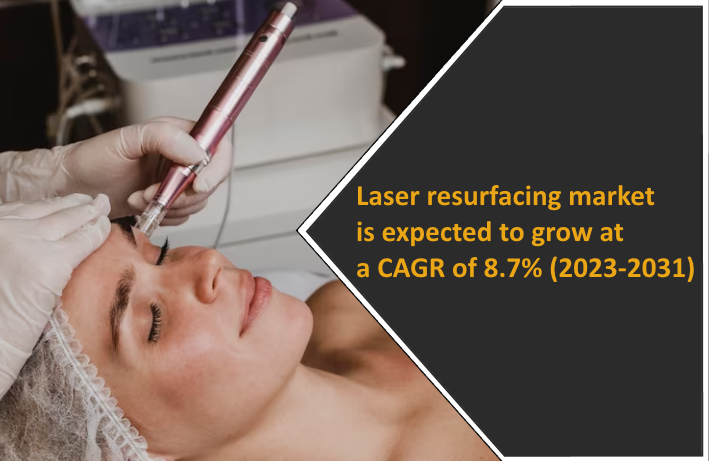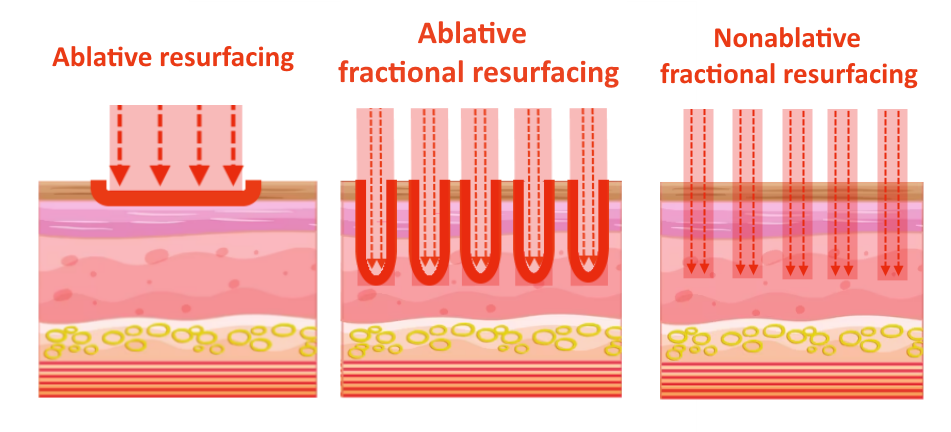

- Lasers for skin rejuvenation
- by admin
Everybody wants youthful-looking, smooth and glowing skin, whatever their age. That is why facial laser resurfacing consistently rates in the Top 5 esthetic treatments. Investing in a laser can be the safest bet for a med spa, beauty, or laser clinic if you want to expand your customer base and target extra profit. As a bonus, customer satisfaction is guaranteed, as the treatment produces spectacular long-lasting results.

What customer groups can be targeted?
Skin laserbrasion is effective for:
- fine lines and wrinkles;
- age spots;
- dull skin complexion and uneven skin texture;
- skin laxity;
- large pores;
- acne scars;
- hyperpigmentation.
However, laser skin resurfacing is not limited to only one type of laser. Here are some tips that help you choose the best fit for your med spa or laser clinic.
Ablative or nonablative?
Ablative lasers are more invasive and “wounding” but deal with more complicated skin conditions. Nonablative lasers are gentler, do not cause physical injury to the skin surface, and are ideal for mild to moderate photodamage and early signs of skin aging.
Although ablative lasers are more painful, need far more downtime, and result in a more difficult recovery process, they are often a better choice for more severe skin issues.

Erbium or CO2?
Erbium and carbon dioxide (CO2) lasers are an industry standard for skin resurfacing. While both of them classify as ablative lasers, they have different uses.
CO2 lasers with a longer wavelength (10640 nm) treat deeper skin flaws like scars, wrinkles, and warts.
Erbium laser emits a wavelength of 2940 nm and deals with more superficial problems like fine lines, wrinkles, and skin laxity.
CO2 lasers showed better improvements in remodeling scarring tissue and the longer-lasting effect of collagen stimulation compared to erbium machines.
In general, carbon dioxide lasers are more versatile and enable treating more skin problems. Still, erbium lasers have a better safety profile and are a suitable alternative for customers who want to treat more superficial issues and have darker skin types.
Fractional or non-fractional?
Both ablative and nonablative lasers may have fractionated variations.
While non-fractional lasers create uniform thermal damage, their fractional variations perform skin resurfacing by producing microscopic thermal wounds on the skin surface (in the case with ablative lasers) or deeper (if we are talking about nonablative ones). The microscopic injuries are divided by the islands of non-affected tissue that serve as the source of future tissue recovery. Fractional lasers help avoid side effects and prolonged recovery frequently associated with non-fractional modalities.
To sum up, ablative technologies offer more pronounced outcomes at the cost of longer downtime and potentially more severe side effects.
Nonablative lasers produce more moderate results but suppose fewer side effects and more rapid recovery. Fractionated modalities combine some of the best features of both ablative and nonablative lasers and ensure results comparable to those of fully ablative technologies.

